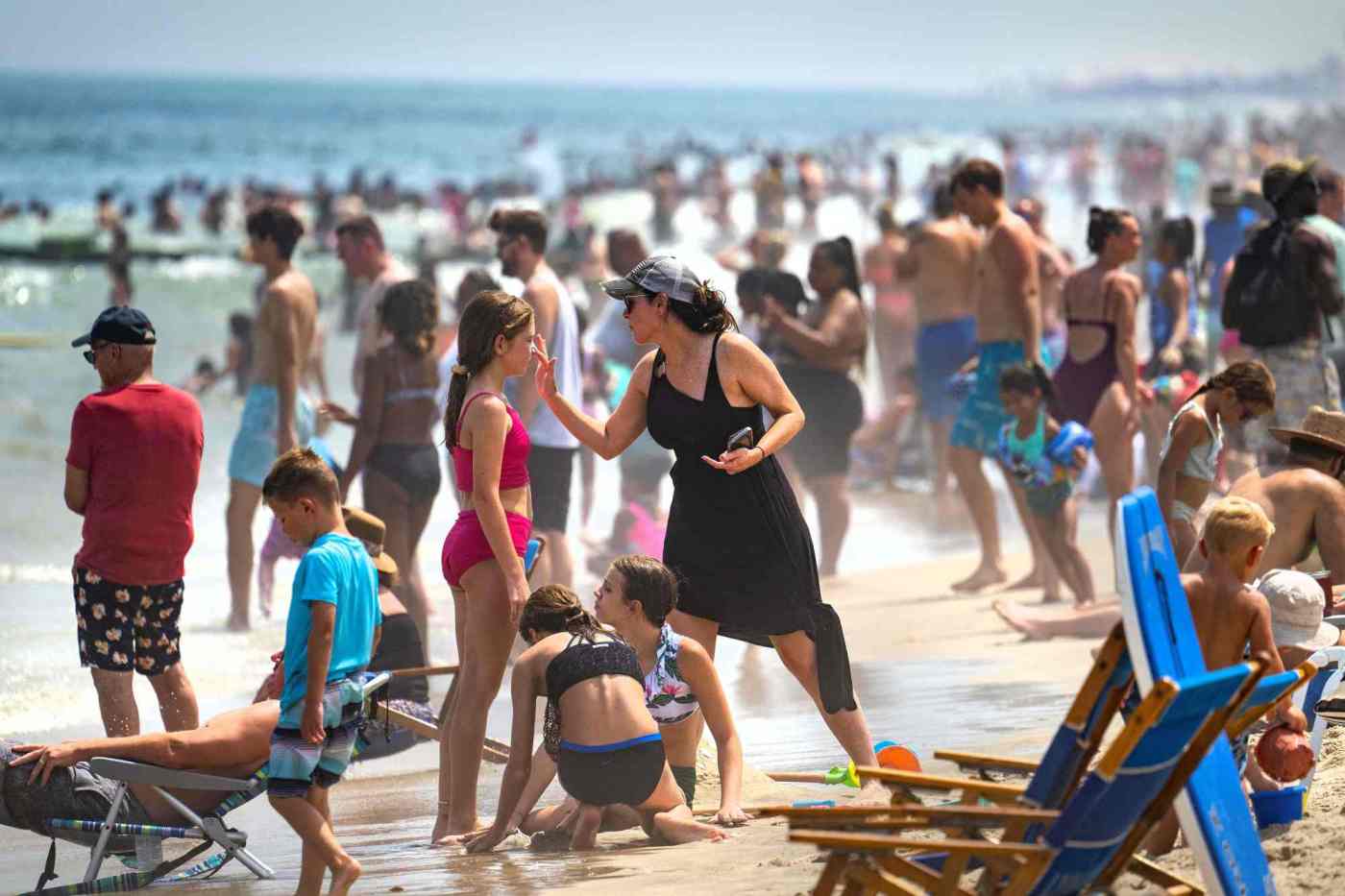Now that summer is here, we look at the latest issues with sunscreen.
Finding the right sunscreen is a lot more difficult these days. There have been recalls for several cancer-causing agents, and many brands are considered harmful to ocean reefs. The term reef friendly is not regulated.
Reef protection
Experts are recommending sunscreen that contains only mineral UV-blocking ingredients like oxide and titanium dioxide. There are hundreds of brands, so check the ingredients.
The website savethereef.org asks to check the label and avoid these following harmful substances:
Oxybenzone
Octinoxate
Octocrylene
Homosalate
4-methylbenzylidene camphor
PABA
Parabens
Triclosan
Any nanoparticles or “nano-sized” zinc or titanium (if it doesn’t explicitly say “micro-sized” or “non-nano” and it can rub in.
Any form of microplastic, such as exfoliating beads.
In 2018, Hawaii passed the first-ever statewide ban on oxybenzone and octinoxate sunscreens. Soon after, island nations including Palau, Bonaire and Aruba did the same.
What dermatologists recommend
The American Academy of Dermatology says when selecting sunscreen, make sure the label says:
Broad spectrum: The words broad spectrum means that the sunscreen can protect your skin from both types of harmful UV rays — the UVA rays and the UVB rays.
SPF 30 or higher.
Water resistant: Dermatologists also recommend that you look for the words water resistant. This tells you that the sunscreen will stay on wet or sweaty skin for a while before you need to reapply. Water resistance lasts either 40 or 80 minutes. Not all sunscreens offer water resistance.
Fungus and carcinogens
Related Articles
Rinsing raw chicken? 7 food debates guaranteed to start an argument
This one thing may derail your shot at healthy aging, scientists say
Does expired sunscreen still work?
Larry Magid: Hearing aids are cool now
US has first case of sexually transmitted ringworm
This month the FDA announced Suntegrity Skincare initiated a voluntary recall of nine lots of Suntegrity Impeccable Skin Sunscreen Foundation based on its discovery of a higher than acceptable microbiological mold count in some tubes that developed post-release and over time in a recent test.
A topical product that is found to be contaminated with Aspergillus sydowii could potentially cause an allergic skin reaction and related symptoms.
It could also cause a primary fungal skin infection if used on open wounds or sunburned skin.
Also this month Johnson & Johnson voluntarily recalled five types of Neutrogena and Aveeno aerosol sunscreens.
“Exposure to benzene increases the risk of developing leukemia and other blood disorders,” according to the National Cancer Institute.
Benzene is not an ingredient in any sunscreen. The review showed that unexpected levels of benzene came from the propellant that sprays the product out of the can. Several recalls for benzene were in 2023 and 2021.
You can search to see if your sunscreen was recalled with the link below:fda.gov/drugs/drug-safety-and-availability/drug-recalls
Best sunscreen, according to Popular Mechanics
Best Overall: EltaMD UV Sport Body Sunscreen
The sunscreen is made of a combination of zinc oxide and octisalate, making it one of the few options that uses both mineral and chemical protective ingredients.
Chemical sunscreens absorb into your skin and then absorb UV rays and convert them into heat. Mineral sunscreens do not absorb into the skin.
They sit on the skin and absorb or reflect UV light before it reaches the skin.
Best Value: Hawaiian Tropic AntiOxidant+ Sunscreen Lotion
Best Face Sunscreen: La Roche-Posay Anthelios Light Fluid Face Sunscreen
Best Mineral Sunscreen: Blue Lizard Sensitive Mineral Sunscreen with Zinc Oxide
Best Stick Sunscreen: CeraVe Mineral Sunscreen Stick
Sun protection factor
A sunscreen’s SPF tells you how much longer you can stay in the sun while using it. For example: If your unprotected skin begins to turn red in 10 minutes and you choose an SPF 15 sunscreen, you will be protected for 15 times as long or about 2½ hours.* Find out how long you’re protected using this formula.
*The American Academy of Dermatologists suggests you reapply any sunscreen about every 80 minutes to counteract the effects of sweating and swimming.
Sources: National Library of Medicine, American Academy of Dermatology, American Cancer Society, Cancernet.org, Melanoma Research Foundation












